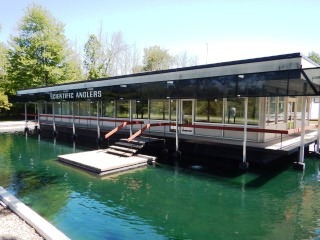 As you know from the blog I’m in Midland, Michigan visiting with my friend Brad Befus and the folks from Scientific Anglers (SA). The trip started with a few days fishing then today we put down the rods for the annual sales meeting. There were thirty-eight of us ranging from SA employees to representatives from the US, Canada and Europe. We went through our fantastic new products line and more. When the meeting ended I got a tour of the Scientific Anglers factory.
As you know from the blog I’m in Midland, Michigan visiting with my friend Brad Befus and the folks from Scientific Anglers (SA). The trip started with a few days fishing then today we put down the rods for the annual sales meeting. There were thirty-eight of us ranging from SA employees to representatives from the US, Canada and Europe. We went through our fantastic new products line and more. When the meeting ended I got a tour of the Scientific Anglers factory.
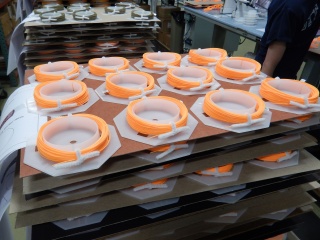 A life of fly fishing has definitely led me to wondering how fly lines are made more than once. To me fly lines are the most important part of my equipment because it’s the line that takes my fly to the fish. Usually my line floats because I love to dry fly fish but there are times when I need to get down a few inches, a few feet and I often find myself dredging deep in oceans and lakes. If the line doesn’t get me to where the fish are I usually go home without a story.
A life of fly fishing has definitely led me to wondering how fly lines are made more than once. To me fly lines are the most important part of my equipment because it’s the line that takes my fly to the fish. Usually my line floats because I love to dry fly fish but there are times when I need to get down a few inches, a few feet and I often find myself dredging deep in oceans and lakes. If the line doesn’t get me to where the fish are I usually go home without a story.
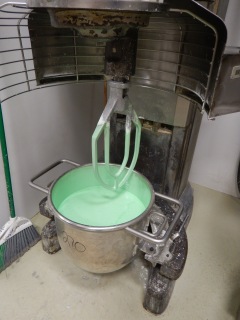
I can’t tell you much more than fly line making was a fascinating process to see. I viewed various fly line cores through the microscope and saw the room and tools used for testing new fly lines. Every new fly line idea must pass numerous tests of not only casting performance but also the lines durability against temperature, weather and wear and tear from casting, stripping and overall abrasion.
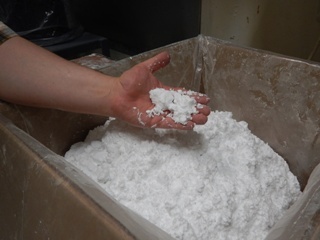 I also witnessed the process of making a production fly line. Above you can see a mixture of goo that will be the outside coating of a standard green colored Scientific Angler fly line. The concoction looks more like icing for a cake. Inside the mixture is this special powder that makes a fly line float. Just like you see the float powder here, next to this was a bucket of tungsten powder to make sinking fly lines.
I also witnessed the process of making a production fly line. Above you can see a mixture of goo that will be the outside coating of a standard green colored Scientific Angler fly line. The concoction looks more like icing for a cake. Inside the mixture is this special powder that makes a fly line float. Just like you see the float powder here, next to this was a bucket of tungsten powder to make sinking fly lines.
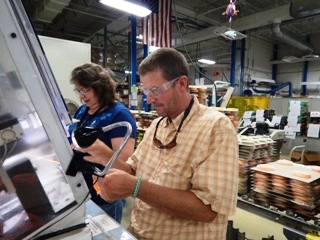 While there I picked up a few new fly lines for a pike and lake trout trip to Canada that starts later this week. The strongest connections for me are loops so I actually learned how to make the loops that Scientific Angler Fly Lines come with. Here you can see me getting ready to put my fly line into the loop welding machine.
While there I picked up a few new fly lines for a pike and lake trout trip to Canada that starts later this week. The strongest connections for me are loops so I actually learned how to make the loops that Scientific Angler Fly Lines come with. Here you can see me getting ready to put my fly line into the loop welding machine.
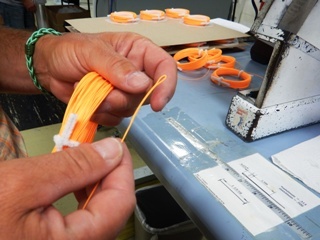 The machinery for making loops is only one of many that go into manufacturing a fly line. It’s an amazing process where everything must be precise so the end result is that anglers like you and I have a good quality fly line to take our flies to the fish. I have a long way to go to understand what the technicians at Scientific Anglers know but my first loops look good.
The machinery for making loops is only one of many that go into manufacturing a fly line. It’s an amazing process where everything must be precise so the end result is that anglers like you and I have a good quality fly line to take our flies to the fish. I have a long way to go to understand what the technicians at Scientific Anglers know but my first loops look good.
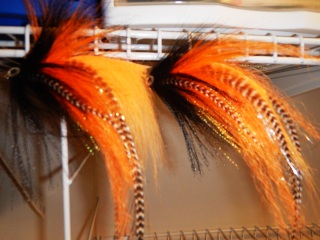 We have a few more meetings in the morning then I’ll be headed home. Thursday I’ll be unpacking and packing at the same time. Friday I’m off to Saskatoon, Saskatchewan where I’ll meet RA Beattie Outdoor Productions and soon after head for the backcountry of Canada to film for huge pike and lake trout. More on this trip soon. . . . .
We have a few more meetings in the morning then I’ll be headed home. Thursday I’ll be unpacking and packing at the same time. Friday I’m off to Saskatoon, Saskatchewan where I’ll meet RA Beattie Outdoor Productions and soon after head for the backcountry of Canada to film for huge pike and lake trout. More on this trip soon. . . . .

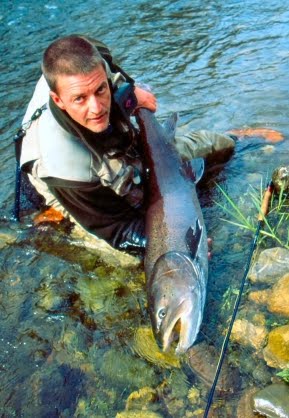
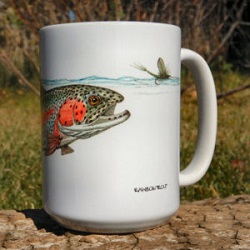







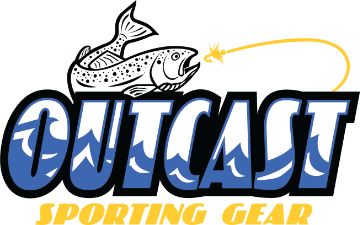

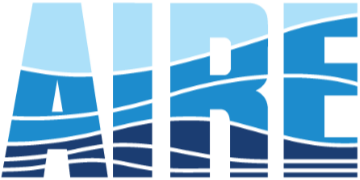

0 Comments